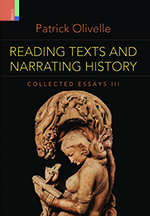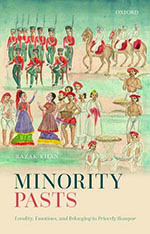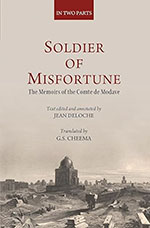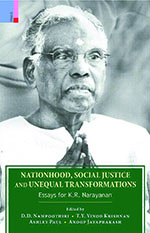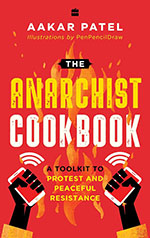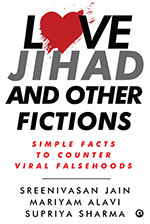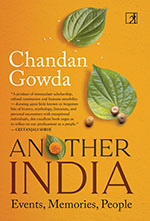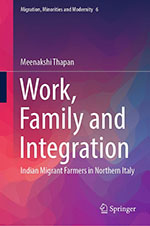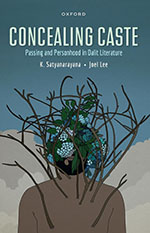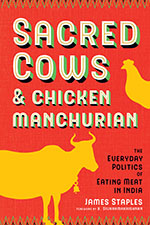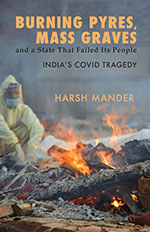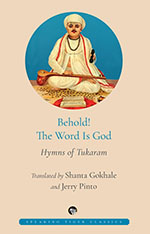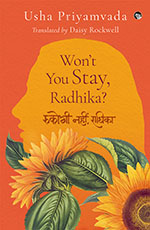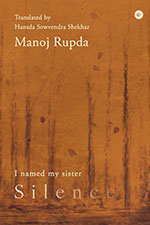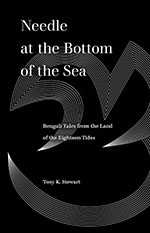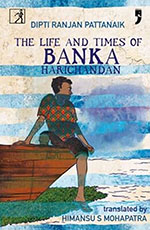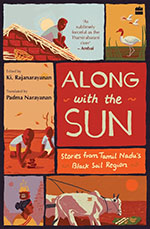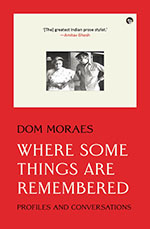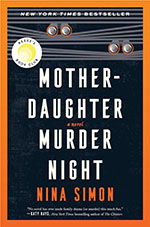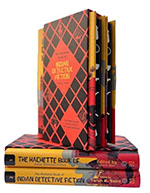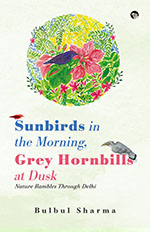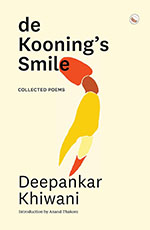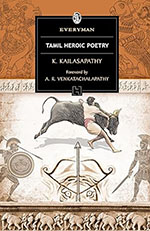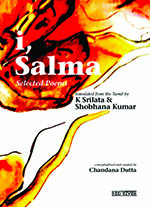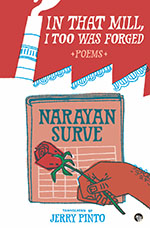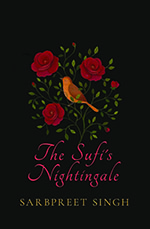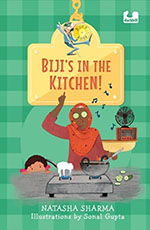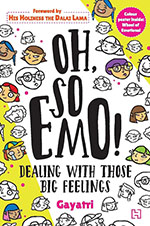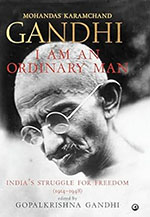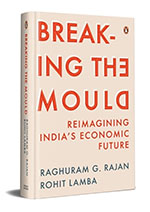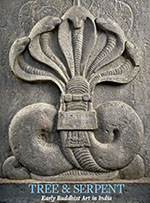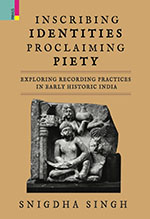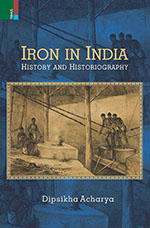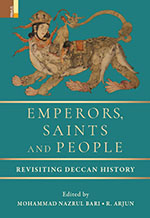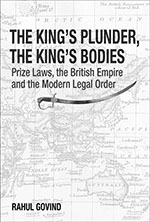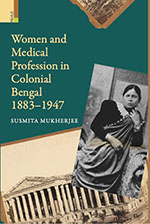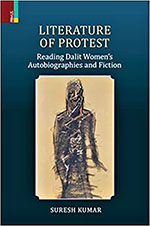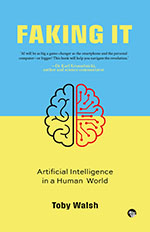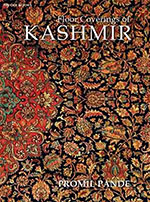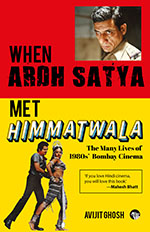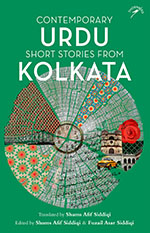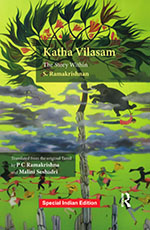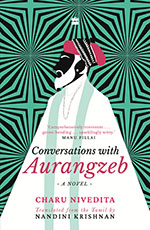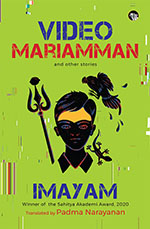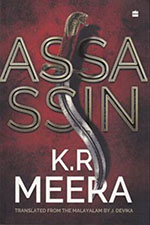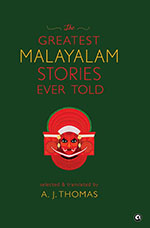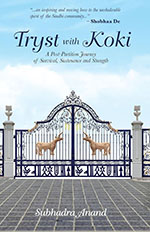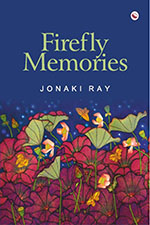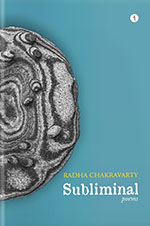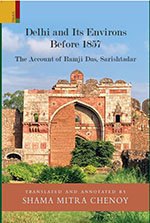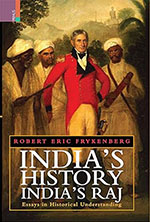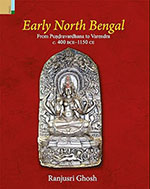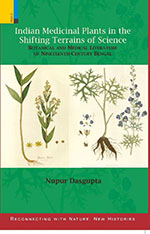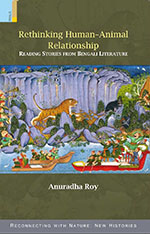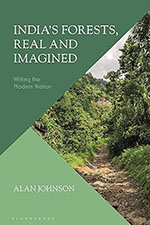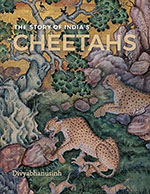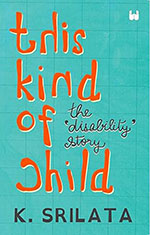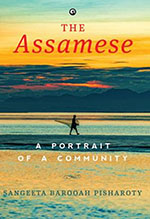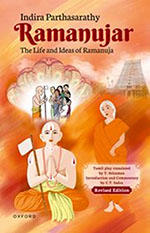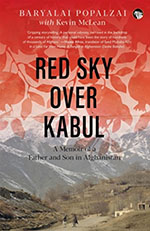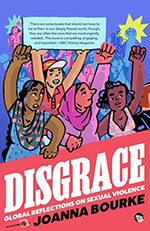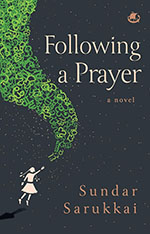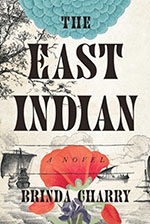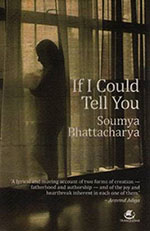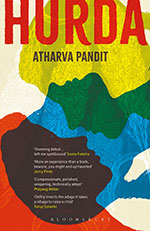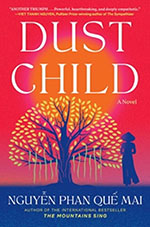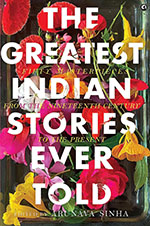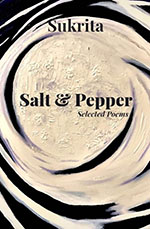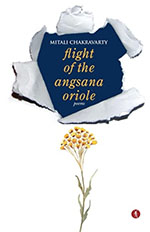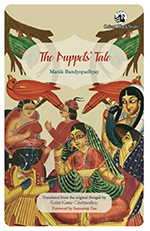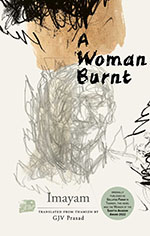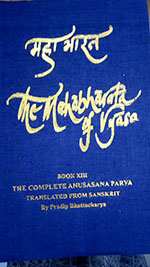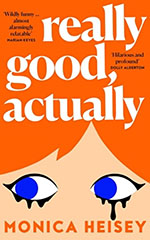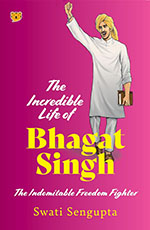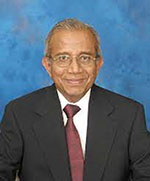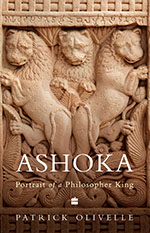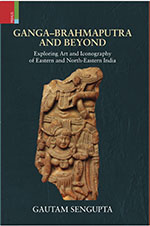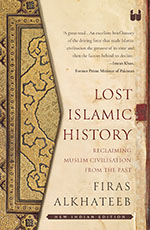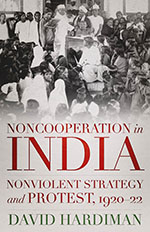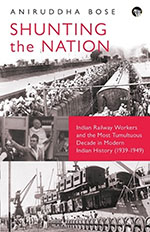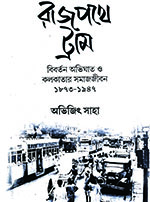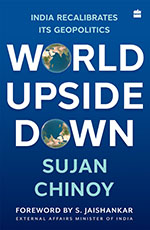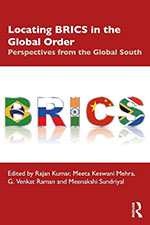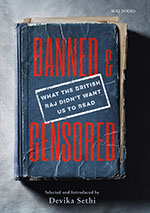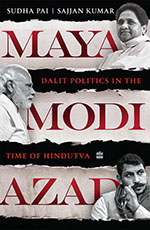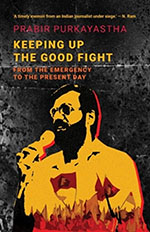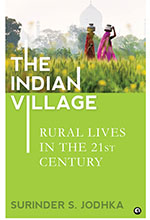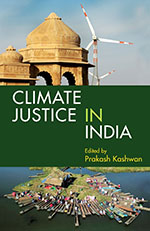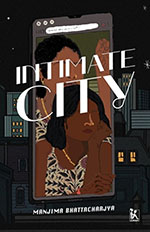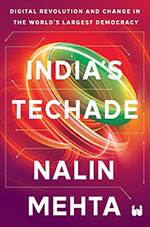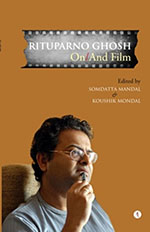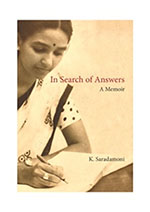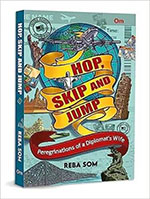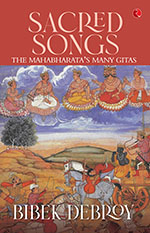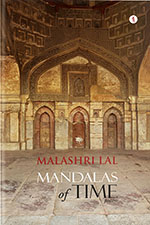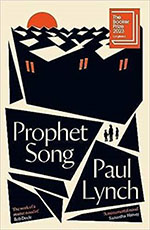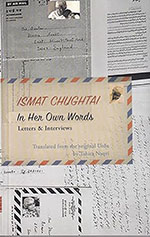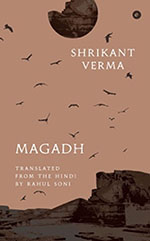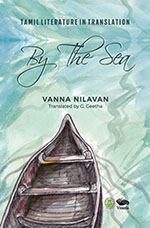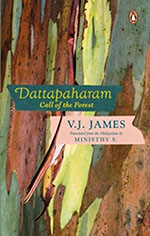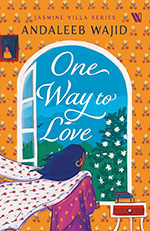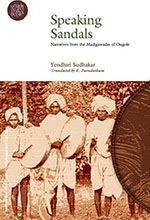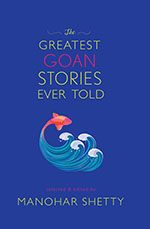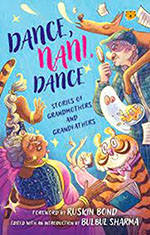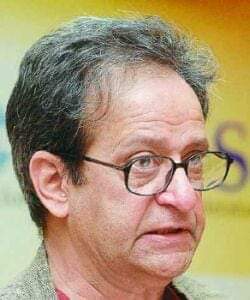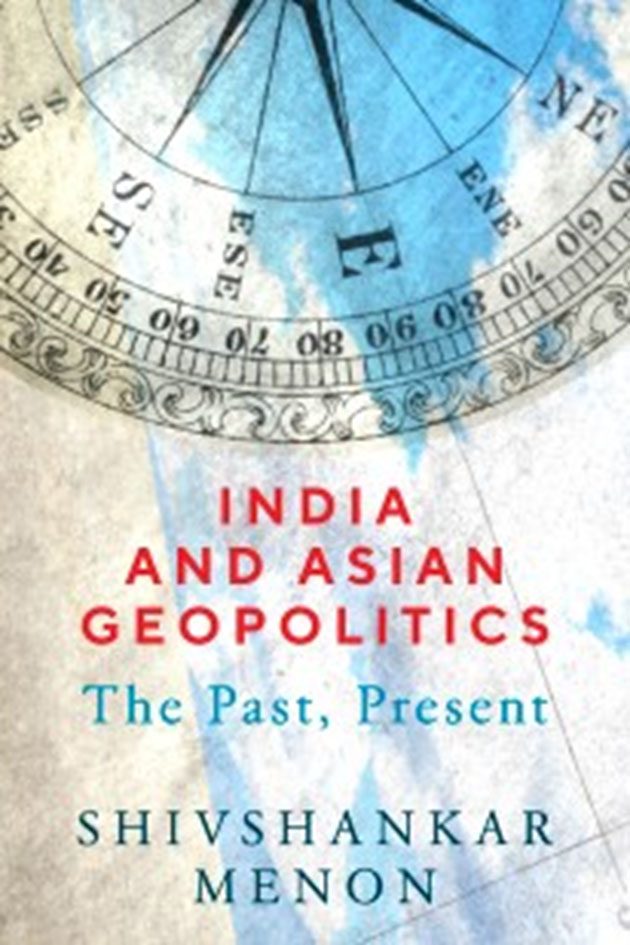Early Indian texts, especially those that are part of the vast corpus in Sanskrit, have acquired a sadly paradoxical status in recent years. On the one hand, many serious scholars tend to view them with suspicion, if not contempt.
Archives
. VOLUME , NUMBERMinority Pasts investigates local history and politics of Rampur, the last Muslim-ruled Princely State in colonial United Provinces, and studies with remarkable ease and competence aspects of political, economic, socio-cultural and affective history of Rampur and the Rampuris in the South Asian subcontinent across borders in the post-1857 period.
It is usually overlooked while talking about India of the latter half of the eighteenth century that the Mughal court continued to have some political relevance till at least the turn of the century.
This volume is a reflection upon the idea of a democratic, secular and inclusive India which KR Narayanan cherished. His rise as a Dalit boy from Travancore to India’s presidency embodied these values.
Divided into seven different sections that are modelled on a cookbook, Patel begins the first section by unpacking the nuts and bolts of the state, highlighting the remnants of the colonial past that continue to haunt the present. A major section of the book is about foregrounding the contradictions entailed in the Constitution and the actual workings in the everyday.
The book’s four chapters examine four widely held social media theories in detail. Terms such as ‘Love Jihad’, ‘Population Jihad’, ‘Forced Conversions’ and ‘Muslim Appeasement’ have made their way into our everyday conversations. This book forces us to look closely at these words that have infiltrated our quotidian conversations and pushes us into asking the right questions.
For the last decade or so, 21st century India has been a confusing place. We are bombarded with triumphant messages of India’s rise as an economic superpower while simultaneously feeling the crunch of rising costs and diminishing earning capacities.
At first glance, it appears that the Punjab-Emilia Romagna migration corridor is a win-win proposition for the Italian dairy owners in dire need for workers in a rapidly aging population and the relatively low-skilled Punjabi emigrants to meet their economic and aspirational goals since the once-prosperous agricultural sector of Punjab has stagnated.
The anthology Concealing Caste: Passing and Personhood in Dalit Literature with an extensive introduction by K Satyanarayana and Joel Lee is a treasure-trove of Dalit literature.
India is the land of paradoxes. As the British economist Joan Robinson famously quipped, ‘Whatever you can rightly say about India, the opposite is also true.’ This statement aptly captures the politics around the cow in India.
Harsh Mander, the author of this book, would be known to most readers of the The Book Review. He is a gadfly some might say, others might say the conscience of a nation that was India.
Translated together but individually by Shanta Gokhale and Jerry Pinto, this anthology of translations offers fifty-one of Tukaram’s abhangas with a playful open-endedness, giving its readers the option of seeing two different English versions of the same poem.
In the annals of literature, World War II continues to occupy a place of immense relevance—as one of the bloodiest periods in human history, which resulted in the genocide of millions.
Originally published as Rukogi Nahi, Radhika?in 1967, Usha Priyamvada’s slim novel is translated by the Booker Award-winning translator
Caught in an unfamiliar area, the elephant is attacked and killed by a pack of wild dogs. As the terror-stricken boy witnesses the silent death and devouring of the giant animal, something inside him also dies.
The stories of miracle-working Sufi saints (pirs) have circulated in the Bangla-speaking world for most of the past millennium. They are romances filled with wondrous marvels, where tigers talk, rocks float and waters part, and faeries carry a sleeping Sufi holy man into the bedroom of a Hindu princess with whom the god of fate, Bidhata, has ordained his marriage.
A series of standalone stories featuring a precocious young boy from provincial Odisha, Pattanaik’s The Life and Times of Banka Harichandan delicately maps the contours of growing up. The bookis not children’s literature per se.
The book opens with the title story ‘Along with the Sun’ by SA Tamilselvan, the sad-yet-sweet story of Mari who dreams of marrying her uncle according to the custom of her caste.
Dom Moraes’ book, Where Some Things are Remembered, combines a reporter’s inner voice and a whole literary arsenal of epithets
The genre of crime writing, as readers are well aware, is a diverse one. The very fact of variety of (sub-)genres—in terms of, for instance, contexts, types/categories, sources and modes of investigation—makes crime writing a complex but highly exciting and vibrant literary field.
Every once in a while, a book comes along that challenges us to rethink our reading affiliations and affections and realign them to reflect the Protean hues of the real and imaginary worlds we inhabit. This delightful offering from Hachette
Here is a fascinating book on birds, trees and nature, written and illustrated by Bulbul Sharma, a well-known birdwatcher, illustrator and writer. She divides her book into the magic of four very distinct seasons of Delhi—Winter, Spring, Summer and Monsoon.
In the realm of contemporary English poetry, a discernible renaissance is unfolding, evident in the diverse voices and thematic textures woven into the fabric of six noteworthy collections published in 2023. As we traverse these poetic landscapes
2023
While most bardic poetry, K Kailasapathy’s preferred adage over court poetry, had its origins in traditions of oral storytelling, the corpus of Tamil Heroic Poetry, most of which is garnered from the extant works of the Sangam Age (the modern-day term for this body of literature)
I, Salma: Selected Poems jolts the readers into alertness about change and tension. Salma is the pen name of a well-known Tamil writer Rajathi Samsudeen.
Sometimes, we come across a voice that points out the obesity of our market-driven urges. That voice may call out across the street, on a public platform or through a book of poems and shake one out of the complacency of armchair righteousness.
The Sufi’s Nightingale by Sarbpreet Singh is beyond the mere retelling of the blessed bond between Shah Hussain and Madho Lal. It is a journey into the nooks and nuances of a sublime relationship between the murshid-mureed, as the re-defining of loss, longing and love in 16th century Lahore.
There is an early warning shouted out by Bhaiya: ‘Biji’s in the kitchen!’ While this warning is duly registered by Mama and Papa, Papa’s eyes turning ‘big and round as plates’, it is the protagonist, the granddaughter, who knows just what this means.
Editorial
Despite its elementary level, this book satisfies a fundamental need of us emotion-feeling humans—the thirst to comprehend ourselves and our inner experiences. Oh, So Emo!delivers on this need with its engaging narrative and practical tools for emotional awareness.
A book may also be judged from its significance to the times in which it is published. To the two important dates that have marked the month of January for Indians
This is precisely what Ghosh has done. Eight years after the publication of Flood of Fire we have a book in which he has written about the key concerns that shaped the novels comprising the trilogy. As the narrative progressed from the first novel Sea of Poppies (2008)
The key argument of this thought-provoking book is that although the Indian economy is growing, yet its impact is seen to be very uneven
James Fergusson’s Tree and Serpent Worship, published in 1868, got many things wrong but one thing right. It drew attention to the abundance of trees and snakes in the sculptures at Sanchi and Amaravati.
To locate the occupations, religious preferences and mobility of the ordinary man in early India, a source of utmost importance were the donative records.
Instead of getting into the long-drawn ‘Iron Age and Social Change’ debate, she makes a case for bringing up the different aspects of iron production and their relationship with the social formations in the context of early India.
One quickly turns the pages of the book to find out what is being ‘revisited’ to which we get an immediate answer that the book has intended to revisit ‘lesser-known history of Deccan’s social and cultural vibrancies’ (p. xvii). At the same time, at the end of their Introduction to Emperors Saints and People
This is an unusual and innovative book that captures the history of Velha Goa through the lens of archeology as method, and urbanism as the heuristic category for understanding the Portuguese city as it was designed and constructed since the 16th century.
2023
The British state, in order to establish its dominance around the globe, used a range of instruments of power. Among others, two closely linked instruments of power were the ‘Prize Laws’ and the ‘Prize Courts’.
Susmita Mukherjee’s book under reviewexamines the historical and sociological processes that resulted in the concentration of women doctors in India in the Department of Obstetrics and Gynaecology.
Fali Nariman, now aged 94, is among the last of a generation of legendary lawyers whose ranks included the likes of Nani Palkhivala, Soli Sorabjee, Ram Jethmalani, and K Parasaran, and who effectively laid down the foundations of India’s postcolonial legal development.
literary activism of women depended upon the influence of male intellectuals, it was only in the 1980s that Dalit women began writing to ‘externalize their pain, show their plight, demand their rights, spread social awareness and mobilize themselves for affirmative articulation’
This book’s thesis, in one line, is that Artificial Intelligence is artificial, different from human intelligence, and it is also about faking that human intelligence.
Promil Pande’s lovely book, Floor Coverings of Kashmir, comparatively slim considering its impressive content, and beautifully illustrated, brought back nostalgic memories of Kashmir
The 1980s is a decade of contradictions in Hindi cinema. Theatres grew in numbers over the decade while the size of the theatre audience fell.
After all what is the purpose of the story, if it cannot help us leave time behind?’ asks Gocharan Ray, the signalman in Siddique Alam’s story ‘The Stopped Clock’.
It was written as a year-long series in the well-known magazine, Ananda Vikatan and was well received by readers. The aim was ‘to introduce young readers to outstanding Tamil stories’ (p. ix). The collection has been translated with sensitivity by PC Ramakrishna and Malini Seshadri
The first point to note about this work, a fact that the ‘translator’ records in her Note, is that it is no straightforward translation of the original Tamil novel
The harsh realities of the caste system and patriarchy are brought to light in this collection of 14 heart-breaking stories of Sahitya Akademi awarded writer Imayam (V Annamalai). They showcase his unparalleled storytelling skills, marked by a strong sense of justice.
2023
The English translation of renowned Malayalam author KR Meera’s Assassin narrates the ‘story’ of a middle-aged protagonist,
‘After the action-dominated early stories, the short story was centred around, first, the specific outward expressions of life in the social-reformist stories, then the inner life of the individual and, finally, the abstract plane of indirect experiences full of paradoxes involving a philosophical outlook.
The title of the book is metaphorical and symbolic of the lost cultural harmony and its revival in a post-Partition milieu. Sheila,
2023
Firefly Memories contains poems written since 2010. It would be remiss of us to look at current Indian Poetry in English without paying attention to the publishing facilities that put out a book in print.
A distinct symbolism underlines Radha Chakravarty’s debut collection of poems Subliminal.
The title hints at a presence which though unseen is palpable.
While Sair-ul Manazil was the first attempt to chronicle the city, its structures, its people and their culture and weaving its past with the present, Reminiscences of Imperial Delhi was a compilation of the pictures, paintings and brief texts on certain people and structures of Delhi as it was in 1844
Each of the twenty-five chapters is an essay written by Frykenberg, one of the most important economic historians of our times, during a career spanning over six decades. Besides economic issues, the articles in the present volume also deliberate upon facets pertaining to social,
The author informs that these sculptures are housed in different places—homes, courts, schools, private collections and police stations.
Nevertheless, as studies on British colonialism in India quintessentially sought to figure out the transition of non-European countries under colonial dominance, British engagement with plants and their medicinal value became too marginal to find mention in scholarly enquiries.
The work was initially undertaken as a project that was part of a research programme in Jadavpur University on the environmental history of South Asia.
That an academic book on literary representations of Indian forests provides a searching examination of Indian nationhood in the last 150 years makes it already a remarkable work of criticism; that its vantage—the forests of India—also yields a kaleidoscopic view of India’s diverse and ancient past of ecological engagement makes Alan Johnson’s India’s Forests an invaluable work of literary and environmentalist historiography. In an excellent, wide-ranging introduction
The Story of India’s Cheetahs by Divyabhanusinh Chavda has been written with the intent to arouse interest in the animal and to create an awareness about the Cheetah reintroduction programme.
Disability is born out of interactions of these impairments of mind and body with the external settings comprising the physical features present in the environment and the human components coupled with attitudes and perspectives.
The way he was described by the media defined the way all young offenders came to be caricatured in the society at large, which led to a further outrage against juvenile justice law in the country,
This is a pioneering effort to present the myriad important facets of the Assamese community in English. The primary objective is to fill the knowledge gaps about the community, especially among the younger members and the fast-increasing diaspora, and equally importantly, to reach out to the non-Assamese in India and the English-speaking world.
Indira Parthasarathy, stalwart Tamil writer, is acknowledged as one of those who have revolutionized modern Tamil drama. Many of his plays have been translated into English and other Indian languages and staged in the Tamil original as well as in translations. Besides nine full-length and seven one-act plays
Among the several hundred Pashtun tribes scattered along the borderlands between Afghanistan and Pakistan, the Popalzai are possibly the most distinguished.
The nine-chaptered book by Joanna Bourke was first published in Britain in 2022. The South Asia edition has a dedicated preface for the Indian Edition. Joanna Bourke considers the year 2022 a pivotal year in the context of sexual violence in India as it marks the release of eleven prisoners convicted for life for the rape of Bilkis Bano. ‘In the 75th year of India’s Independence,
Though Indians have been travelling for the last few centuries, documentation of their travels have been scarce and far between. Pilgrimage, trade, and conquest drove the earliest subcontinental travels, but it was specifically a male domain.
The girl, Kalpana, spends three harrowing days and nights in a forest and is finally found lying near a road and brought back safe. But she has become silent and except for whispering a few words to her little sister much later in the story, she never utters a single sound.
For Indian readers, the contemporary ‘diaspora-novel’ (i.e., stories of individuals who migrate/move away from their homeland) has come a long way since 1991,
This novel was first published by Tranquebar in 2009 and has been republished in 2022 as a paperback by Speaking Tiger. Soumya Bhattacharya is an established journalist, and writer of well-regarded books on cricket
2023
Hurda is a riveting read. Three young children—sisters, the eldest among them aged 14, are missing and subsequently found dead. They are survived by a poor family of three:
2023
Wars are terrible tragedies. Especially like in Vietnam where it was pointless, just ‘a senseless blunder’. The dramatic flexing of the American muscles to prevent the ‘domino theory’, that if one nation turned Communist, it would likely influence other nations to the same end, is a misguided thought, although strongly backed by American presidents. It is a reflection of their exaggerated national fears and geopolitical strategies.
2023
Arunava Sinha’s The Greatest Indian Stories Ever Told is an ocean resounding narrative themes and linguistic expressions that spread across centuries.
2022
Living in Air, a collection of seventeen stories by Ipshita Chanda, opens with the story ‘Wings’, an ode to the 18th century Urdu poet Mah Laqa Bai Chanda from Hyderabad
Word-induced silence makes witnessing both horrifying and lyrical, and it alters the understanding of the universe of emotions more profoundly, bringing in multi-layered, untold, exotic moments of epiphany.
Chakravarty’s Introduction comes with another poem in which she writes about angsanas that bloomed on trees and orioles ‘magicked out of the unseen leaves’. To her, they stand for the innocence of childhood.
The appeal of the novel lies in its conception as a microcosm where at the intrinsic level is a noticeable absence of an omnipotent author dictating mandates of life for his characters.
The plot revolves around Revathi’s marriage to Ravi, an auto driver living in a slum that houses erstwhile refugees from Burma who settled down in Tamil Nadu.
Bhishma is not perfect, is a flawed character himself. When Chitrangada, son of Shantanu by Satyavati died, his brother Vichitravirya ascends the throne.
he novel begins in media res with Maggie’s meditations on the recent separation from Jon, her partner who moved out of their shared one-bedroom apartment in the city along with their pet cat.
Author and journalist Swati Sengupta from Kolkata has breathed life into every line of her meticulous research (whose sources are duly mentioned). Illustrator Sridatri Tagore has livened it up by the intelligent spacing of her illustration,
Many in India and worldwide make the language itself an object of study. Linguists study its grammar and syntax within the context of historical linguistics. Indeed, linguistics as a discipline owes its origin to the European discovery of Sanskrit in the 18th century and its family relationship to most European languages. Some study it for its beauty, its aesthetic qualities. Sanskrit poetry and plays have been read and studied in the same way that we read the works of the English poet William Shakespeare, the French novelist Victor Hugo, or the German polymath Johann Wolfgang von Goethe. Yet, for many of us who are primarily historians, Sanskrit opens the door to messages from the distant past in the form of texts and inscriptions
Editorial
Ashoka has not been spared either of these, this intervention, at once scholarly and empathetic, is timely. Also, as the first volume in a series titled Indian Lives, it raises expectations, which are more than met.
Expectedly, there is much that the reader will find familiar.
A very important aspect associated with an aesthetic tradition is the making of the art pieces. A related question is thus based on the choice of materials which the sculptors used. The third section entitled ‘Interrogating Artist’s Choices’,
History as a modern discipline has its highly developed protocols. Specialists spend years learning the craft of the historian—an extremely sophisticated craft practiced in easily recognizable ways all over the world. We have been witnessing attempts to undermine the discipline with assertions that disregard its protocols.
This book is an attempt to give an overview of the history of Muslim civilization from its inception to the present times. It is based on the author’s notes prepared for teaching his students at the high school level in the US. Starting with the time of Prophet Muhammad when monotheism challenged the existing belief system of the Arabs, he talks of the rise of Islam from the Arabian Peninsula.
The book starts with a brief introduction outlining the theme in seven well-structured chapters. The first chapter apart from analysing the origins of pan-Islamic sentiments in India traces the circumstances under which the Khilafat movement emerged;
the Muslim League, and the Communists. The British panicked because the mutiny sparked revolts in other branches of the armed forces. As news of the uprising became known, there were widespread agitations in different parts of the country although the worst affected was Mumbai itself
In the textbooks of modern Indian history, the railways appear almost fleetingly, something like this: introduced in 1853; the guarantee system was so very exploitative for the Indians
Trams were introduced in Calcutta in 1873 and in Bombay a year later in 1874 and in Madras in 1886. Trams remained in place as Calcutta became Kolkata.
The so-called ‘New World Order’ is taking a ‘New Shape’ and Asia is emerging the centre of attention in 21st century. This book is unique in that it covers the subject in detail and is thematically organized into four parts.
Amidst the global economic slowdown and rising wealth disparities among nations, calamities like the pandemic re-underlined the tenets of multilateralism. The BRICS as a multilateral powerhouse is in the making and has been through some tough transitions.
The Supreme Court of India put the sedition law on hold, suspending pending criminal trials under the section, and asked the Union to reconsider the British era law, which was a paranoid response to the 1857 rebellion,
Maya, Modi, Azad is focused on Dalit politics in Uttar Pradesh (UP), critically examining the decline of the Bahujan Samaj Party (BSP) after its dramatic loss of power in the 2012 Assembly elections.
Purkayastha’s view is singular, having first been jailed during the 1975 Emergency and then again in October 2023 under the Unlawful Activities (Prevention) Act when he and his NewsClick colleague Amit Chakravarty were arrested. Alongside the arrests, the residences of several journalists and people associated with NewsClick were also raided.
Purkayastha and Chakravarty continue in jail.
Indian villages represent a vast terrain, which is full of diversity in its natural settings, social structure, cultural life, economic conditions, and many other aspects of life.
Climate Justice in India edited by Prakash Kashwan presents a thought-provoking collection of insights that diverges from traditional discussions on climate issues.
2022
Intimate City by Manjima Bhattacharjya is a fascinating exploration of the new and discreet forms of sexual labour in the city of Mumbai (formerly Bombay). The book traces the changing ‘sex work geographies’ in the metropolis by exploring the intersection of gender, sexuality, space, and the internet (p. 4).
‘This is a small book about big disruptions,’ says the blurb of Nalin Mehta’s disarmingly slight book India’s Techade: Digital Revolution and Change in the World’s Largest Democracy, and it could not have been better described.
In the post-Satyajit phase of Indian cinema, Rituparno Ghosh (1961-2013) was a force to reckon with. He enriched Indian cinema, mostly through the Bengali, having won umpteen national and international awards, mesmerizing the urban audience through some of his celebrated works.
A diary entry dated 10 September 1968, included in the appendix to K Saradamoni’s memoir published posthumously this year, shows this academic activist reflecting sadly upon the failure of econometrics,
To hop, skip and jump from Brazil to New York, to Rome, with several resting points in between, seems like a merry indulgence in a dream landscape. At first glance, Reba Som’s book may appear as a delightful reticule of travel tales spilling over with wondrous experiences under the benevolent eye of Hermes
Pingala’s happiness is fulfilling. Does it matter that the Sanskrit word used is asha which literally translates as hope, but the mind finds the meaning to lie beyond hope or the more pedantic ‘expectation’? This reiterates another of Debroy’s contention that the Gitas
The word ‘debut’ is likely to hold different meanings for different people. In general, a certain sense of tentativeness characterizes the word, a certain apprehension about how it articulates one’s vision of the world and how this is received. When, however, a debut collection of poems comes from a well-known academic, committed feminist, and seasoned reader of poetry like Malashri Lal, the idea of ‘debut’ is bound to introduce and generate new connotations.
2023
All prophets tell similar stories. This story always rests on the world ending in fire and brimstone, darkness falling like a shroud over unfortunate people, and a seeming end to wickedness.
2023
In the late 80s, everyone was reading Magadh, first published in Hindi in 1984. We little realized it was the last collection of Shrikant Verma, one of the most brilliant Hindi poets. Barely two years later Shrikant passed away at the age of 54.
The ancient Tamil poetry of the Sangam Era is a significant contribution of the Tamils to world literature. More or less two millennia later, the contributions of the Tamil novelists and short story writers to these youngest literary genres are equally remarkable.
Dattapaharam is a coming of age novel, a search for the self of five young college students who confront themselves and their inner demons.
Andaleeb Wajid, a young Bangalore-based, hijab-wearing young woman, who has written over 40 novels in genres ranging from young adult and romance to horror, often raises eyebrows because her overtly Muslim identity is seen to be in contradiction with her choice of the genre derisively termed as ‘chick lit’. Is a hijab-clad Muslim woman reading and writing romances an anomaly? Actually, not!
The initiative of the Hyderabad Book Trust in publishing alternative literature in translation is commendable. By publishing K Purushotham’s translation of Yendluri Sudhakar’s Speaking Sandals: Narratives from the Madigawadas of Ongole, it has ensured the text pan-Indian visibility.
It is only now that the State has earned the description of a land of sand, sea and fun, an outcome of Goa being promoted as a tourist destination.
The title caught my eye! So did the theme of the book when I read the blurb. Excitedly, I started the book. Written for fluent readers and young adolescents this has imagined stories and real-life events, brought to us by 15 authors, all carrying their own charm of storytelling.
Editorial
Those who have read Shivshankar Menon’s first book, Choices, would be familiar with his sharp analytical skills and ability to cut through a mass of disparate detail to focus on underlying patterns that tell a coherent story. Choices pegged its learnings from a set of specific events in which he himself was involved as a practitioner…

